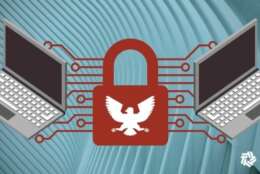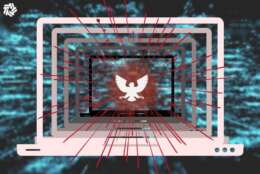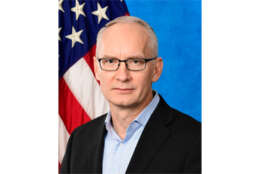zero trust
-
The federal government is all in on a zero trust approach. Continued migration to the cloud; the move to mobile and bring-your-own-device; the convergence of IT, operational technology and Internet of Things; and the sharp increase in remote working due to the pandemic have changed how the government must approach cybersecurity.
September 22, 2022 -
The strategy will encompass ways to implement zero trust on legacy networks, commercial clouds, and private clouds. Officials say they are already in talks with commercial providers to implement the strategy on their infrastructure.
August 26, 2022 -
Leaders within the federal and private cybersecurity sectors explained why micro-segmentation is as important as other pillars and how to begin doing micro-segmentation.
August 15, 2022 -
The Technology Modernization Fund Board and the Office of Management and Budget has made 18 awards, including four that specifically call out zero trust, worth more than $400 million since March 2021.
August 04, 2022 -
Shane Barney, the chief information security officer at the U.S. Citizenship and Immigration Service in the Homeland Security Department, said knowing what and who is on your network is a critical first step in the zero trust journey.
July 29, 2022 -
The health of the U.S. economy and well-being of our citizens relies on secure critical infrastructure but the Critical Infrastructure Information Act of 2002 has not been updated since it was first introduced.
July 27, 2022 -
As cyber threats have continued to increase in frequency and sophistication in recent years, the government signed the Infrastructure Investment and Jobs Act, which is designed to assist all levels of government in preventing, protecting and responding to cyber-attacks.
July 25, 2022 -
Brandon DeVault, a security author for Pluralsight and a cyber threat hunter on the Mission Defense Team for the Florida National Guard, writes about the power of zero trust and his passion for its implementation.
July 22, 2022 -
The Cybersecurity and Infrastructure Security Agency is continuing its fast evolution as a standalone department.
July 04, 2022 -
Ever since the Biden administration’s 2021 cybersecurity executive order, federal agencies have been on the clock to onboard zero trust architectures (ZTA) into their information technology
June 24, 2022 -
Before agencies buy any new technology for their zero trust efforts, they should establish a discrete program and staff it fully, advises the FDIC’s Stephen Haselhorst. We talked to him about doing just that during the Zero Trust Cyber Exchange.
June 24, 2022 -
As agencies focus on enterprise identity, network architecture and improving how they manage and secure data, OMB is putting the finishing touches on a new secure software development policy. We get details from Federal CISO Chris DeRusha during the Zero Trust Cyber Exchange.
June 24, 2022 -
“Automation is the future. There’s just too many things happening on our network every day for the human analysts to go through, to analyze what’s happening,” says Mike Witt, NASA’s cybersecurity leader, during the Zero Trust Cyber Exchange.
June 24, 2022 -
All agencies are different and so it makes sense that they won’t all be taking the same path to zero trust, says NARA’s Sheena Burrell. During the Zero Trust Cyber Exchange, she shares some tips and advice. (Pssst: Apply for a TMF loan).
June 24, 2022 -
The National Security Agency has been preaching zero trust for several years, but Zero Trust Lead Kevin Bingham says adoption accelerated after the May 2021 cybersecurity executive order. We chat with Bingham during the Zero Trust Cyber Exchange about what’s on the horizon.
June 24, 2022














